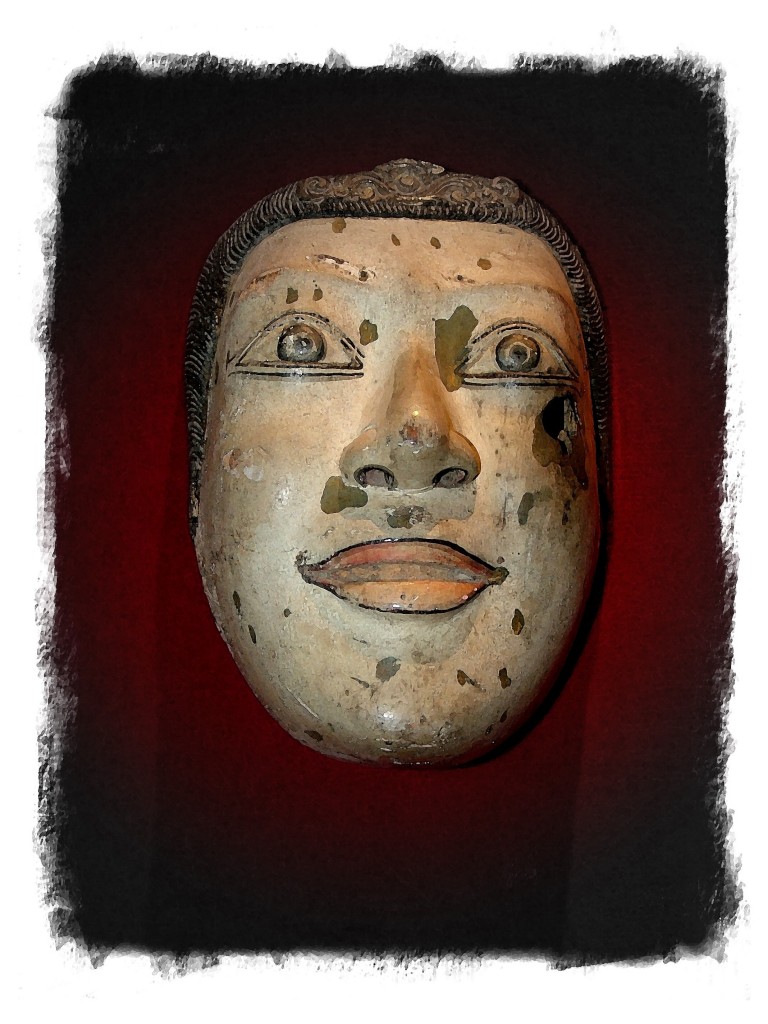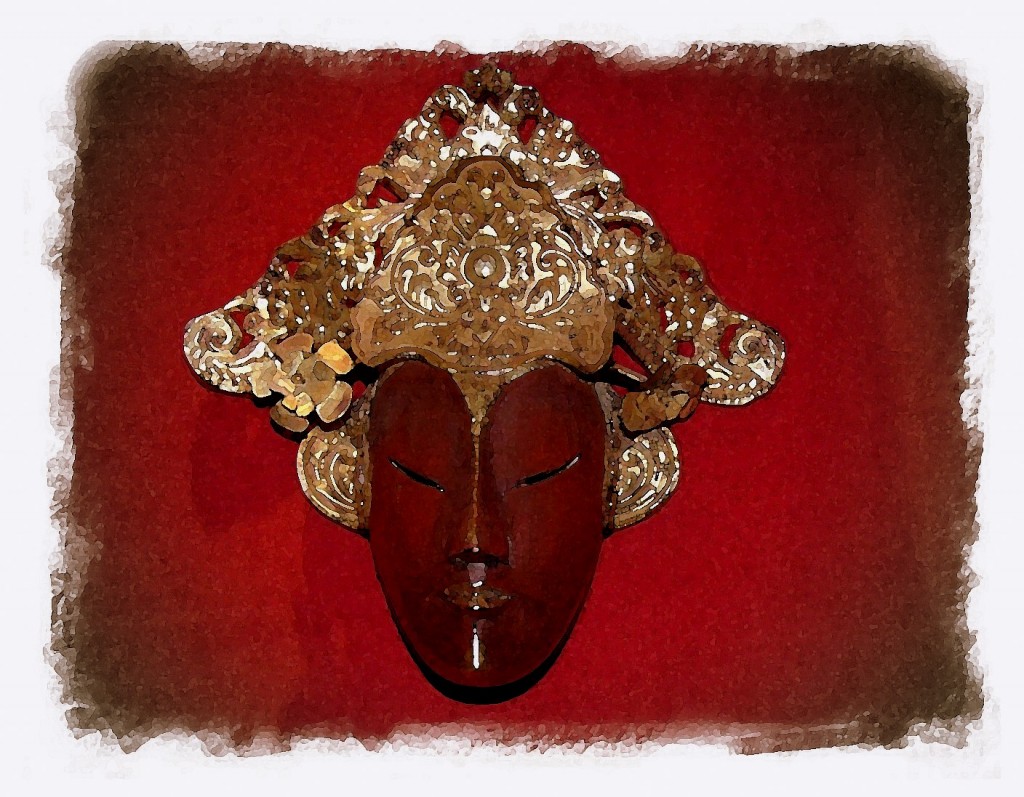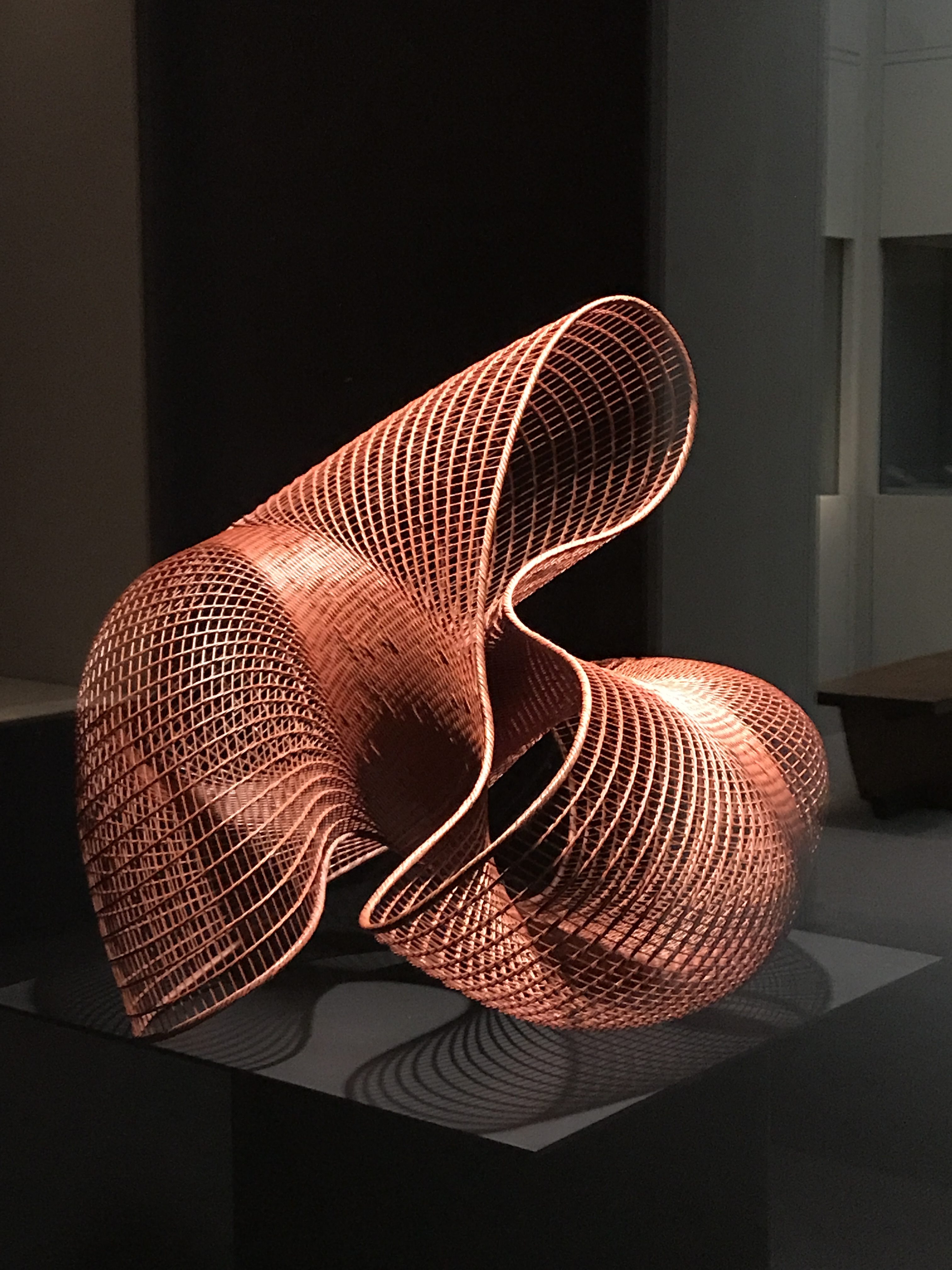 In 1992 I packed up my family, rented a house in Sanur, and spent the summer discovering Bali. So enchanted were we that we returned the following Christmas and then, again, for the summer of ’93. I joined Linda Garland’s Environmental Bamboo Foundation as treasurer and sank emotional roots into the island’s terraced landscape. The island and its people are as generous as they are beautiful and, even though I have not spent serious time there in the last years, it is one of those places that evokes in me the familiarity of home.
In 1992 I packed up my family, rented a house in Sanur, and spent the summer discovering Bali. So enchanted were we that we returned the following Christmas and then, again, for the summer of ’93. I joined Linda Garland’s Environmental Bamboo Foundation as treasurer and sank emotional roots into the island’s terraced landscape. The island and its people are as generous as they are beautiful and, even though I have not spent serious time there in the last years, it is one of those places that evokes in me the familiarity of home.
A show of Balinese art has opened in San Francisco’s Asian Art Museum and Holland Cotter, whose reviews I always savor, digs deep while he describes the art work. His contribution, in my view, is to balance Bali’s romance with its reality, something that is rarely approached in writing or film (see Eat Love Pray, as an example). The point is that Bali is complex enough – even strong enough – to support the counterpoint.
 In my home’s most sacred room I have objects collected from around the world. They speak of place and time and friendships. Like all art, they are the connecting point between me and my memories.
In my home’s most sacred room I have objects collected from around the world. They speak of place and time and friendships. Like all art, they are the connecting point between me and my memories.
 Honda Shoryu, Timber bamboo and rattan, 2000[/caption]
There is a period missing in the timeline of human development, that of the Bamboo Age. Bamboo's widespread use since earliest times - particularly in East and Southeast Asia - elevates this extraordinary plant to almost mythic status. It has been used as transport (wheeled vehicles), building material, food, weapon, musical instrument and, even, poison. For hundreds of years, simple, everyday utensils as well as refined bamboo vessels were made according to local traditions and techniques passed down from generation to generation. Most ubiquitous of all, perhaps, is the basket.
It was not until the end of the 19th century that bamboo craftsmanship began to be recognized as one of the traditional Japanese decorative arts, and, later, as an art form. As with other handmade arts in Japan, there were lineages of craftsmen who handed down techniques and developed their personal styles; Masters emerged, recognized as National Living Treasures. Six of these artists are represented in this stunning show of 90 baskets collected by Diane and Arthur Abbey since the 1990s. The show comes to a close soon at the Met Museum.
[gallery columns="2" size="full" ids="8396,8397"]
FYI: The 64th Japan Traditional Kogei - Art Crafts - Exhibition will take place at the Hiroshima Prefectural Art Museum between February 23 and March 11, 2018
"
["post_title"]=>
string(27) "Bountiful, Beautiful Bamboo"
["post_excerpt"]=>
string(0) ""
["post_status"]=>
string(7) "publish"
["comment_status"]=>
string(4) "open"
["ping_status"]=>
string(4) "open"
["post_password"]=>
string(0) ""
["post_name"]=>
string(26) "bountiful-beautiful-bamboo"
["to_ping"]=>
string(0) ""
["pinged"]=>
string(0) ""
["post_modified"]=>
string(19) "2017-09-14 10:20:27"
["post_modified_gmt"]=>
string(19) "2017-09-14 14:20:27"
["post_content_filtered"]=>
string(0) ""
["post_parent"]=>
int(0)
["guid"]=>
string(31) "http://lisalindblad.com/?p=8394"
["menu_order"]=>
int(0)
["post_type"]=>
string(4) "post"
["post_mime_type"]=>
string(0) ""
["comment_count"]=>
string(1) "0"
["filter"]=>
string(3) "raw"
}
}
Honda Shoryu, Timber bamboo and rattan, 2000[/caption]
There is a period missing in the timeline of human development, that of the Bamboo Age. Bamboo's widespread use since earliest times - particularly in East and Southeast Asia - elevates this extraordinary plant to almost mythic status. It has been used as transport (wheeled vehicles), building material, food, weapon, musical instrument and, even, poison. For hundreds of years, simple, everyday utensils as well as refined bamboo vessels were made according to local traditions and techniques passed down from generation to generation. Most ubiquitous of all, perhaps, is the basket.
It was not until the end of the 19th century that bamboo craftsmanship began to be recognized as one of the traditional Japanese decorative arts, and, later, as an art form. As with other handmade arts in Japan, there were lineages of craftsmen who handed down techniques and developed their personal styles; Masters emerged, recognized as National Living Treasures. Six of these artists are represented in this stunning show of 90 baskets collected by Diane and Arthur Abbey since the 1990s. The show comes to a close soon at the Met Museum.
[gallery columns="2" size="full" ids="8396,8397"]
FYI: The 64th Japan Traditional Kogei - Art Crafts - Exhibition will take place at the Hiroshima Prefectural Art Museum between February 23 and March 11, 2018
"
["post_title"]=>
string(27) "Bountiful, Beautiful Bamboo"
["post_excerpt"]=>
string(0) ""
["post_status"]=>
string(7) "publish"
["comment_status"]=>
string(4) "open"
["ping_status"]=>
string(4) "open"
["post_password"]=>
string(0) ""
["post_name"]=>
string(26) "bountiful-beautiful-bamboo"
["to_ping"]=>
string(0) ""
["pinged"]=>
string(0) ""
["post_modified"]=>
string(19) "2017-09-14 10:20:27"
["post_modified_gmt"]=>
string(19) "2017-09-14 14:20:27"
["post_content_filtered"]=>
string(0) ""
["post_parent"]=>
int(0)
["guid"]=>
string(31) "http://lisalindblad.com/?p=8394"
["menu_order"]=>
int(0)
["post_type"]=>
string(4) "post"
["post_mime_type"]=>
string(0) ""
["comment_count"]=>
string(1) "0"
["filter"]=>
string(3) "raw"
}
}